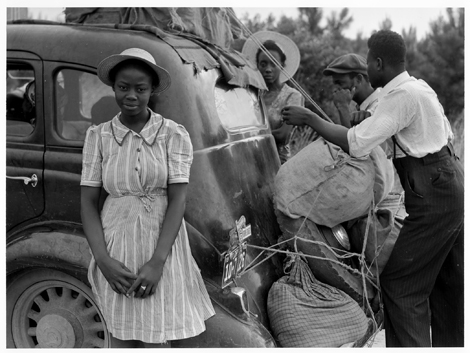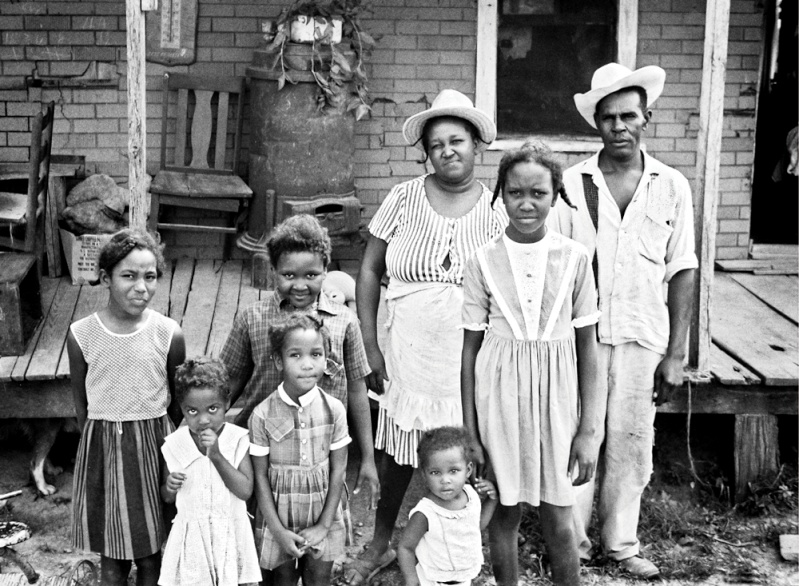Published by:
Lamont Jack Pearley
Today we will speak about the Great Migration that went West. I will also be joined by Moses Crouch who’s a phenomenal musician and historian!
During the decade that followed the stock market crash of 1929, initial Migration slowed to a trickle. But with America’s entry into World War II looming on the horizon, the exodus of blacks from their Southern homeland resumed. Between 1940 and 1950, another 1.5 million African Americans left the South. The migration continued at roughly the same pace over the next twenty years. By 1970, about five million African Americans had made the journey, and the geographic map of black America had fundamentally changed. Roughly one of every seven black Southerners pulled up stakes and headed north or west. Both their places of origin and destination shifted from earlier patterns.
They drove, or boarded trains straight north or west. They went from Alabama to Detroit. They left the Carolinas and Georgia for New York, Philadelphia, and Boston. The migrants from Mississippi and Arkansas headed up Highway 61 or took the Illinois Central railroad to Chicago as their predecessors had done during the Great Migration. What was new was that many moved west to California.
The Western states, especially California, witnessed an explosive growth of their African-American populations. In 1930, some 50,200 African Americans lived in Los Angeles, San Francisco, and Oakland; twenty years later, the three cities’ combined black population had soared to 254,120. Altogether, 339,000 African Americans moved to the Western half of the country during the 1940s, in contrast to a mere 49,000 in the previous decade.
Most of the migrants to California came from Southwestern and Central states like Louisiana, Texas, Arkansas, and Oklahoma. Almost three times as many African Americans left this region between 1940 and 1950 as had done so during the previous thirty years. The South Atlantic states, however, remained the most frequent point of origin for migrants, accounting for some 30 to 40 percent of those leaving the South in each decade. This is particularly striking given that Delaware, Maryland, the District of Columbia, and Florida usually had net gains in their black population during this period. Thus, the combined totals for the region mask the fact that the two Carolinas and Georgia experienced a virtual hemorrhage of their black citizenry. Well over half a million African Americans left those three states in each of the three postwar decades.
Over the thirty-year course of the migration, arrivals to the West remained constant; those to the Northeast steadily increased, while those to the North Central region decreased considerably. The centuries-long era during which black Americans had lived mostly in the rural South and worked primarily in agriculture was over. By 1950, most African Americans no longer worked in agriculture or as domestic labor – the occupations that had always characterized their existence in America – and the population was more evenly distributed throughout the nation.




